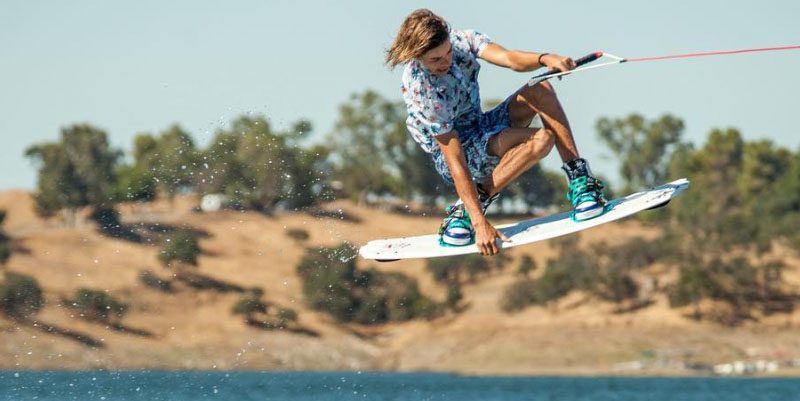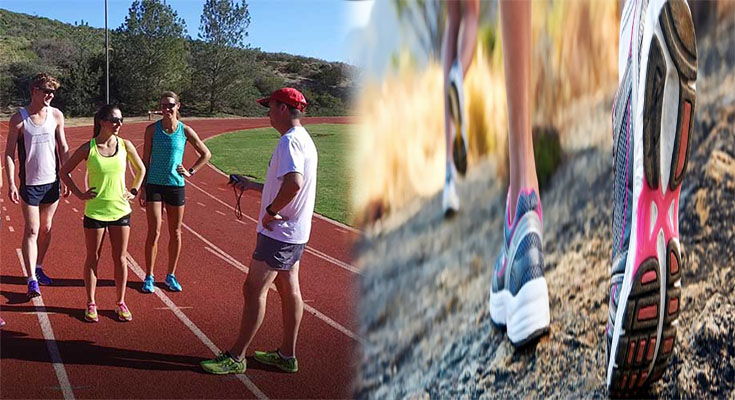When you’re walking, you need to be comfortable. When you’re race walking, that comfort becomes more important than ever. After all, there are no second chances in a timed event—everything has to go exactly right for you to finish with the fastest time possible. If your shoes don’t fit properly or your clothes aren’t breathable enough on a hot day, those things can put a damper on your performance and affect how fast you go over the course. That’s why it’s so important for race walkers to find equipment that helps them perform at their best: shoes that fit just right and socks that don’t fall down mid-stride (or even worse) during an intense workout session; garments like arm sleeves or compression gear designed specifically for active wear; hydration packs with pouches big enough for all of your essential fluids; hats and sunglasses if necessary during outdoor events; etcetera and so forth.
Get the right running shoes.
It is important that you get the right shoes for race walking. While running shoes will work for short distances, they are not designed for long-distance walking and can cause pain or blisters if worn for extended periods of time.
You should also buy shoes made specifically for race walkers because they have features that make them more comfortable, such as light weight materials and good soles with good traction (see our guide on how to choose the best walking shoe).
Find the best socks for race walking.
When it comes to choosing the best socks for race walking, there are a few things that you should look for. Firstly, you want your socks to be thin enough so that they don’t rub against your skin and cause blisters or discomfort. Secondly, they should be comfortable enough so that they don’t bunch up around the toes or ankles when running in them–this can slow down runners significantly if they’re not wearing properly fitting footwear.
Thirdly, since these kinds of sports involve lots of sweating and moisture buildup on feet (especially during long races), it’s important that any pair of shoes has breathable materials within them so that air can circulate freely through them without causing irritation inside the shoe itself.”
Add some compression gear to your race-walking wardrobe.
Compression gear is a good addition to your race-walking wardrobe. Compression gear helps blood flow, reduces lactic acid build up, and speeds muscle recovery after a workout or competition. It also helps prevent injury by reducing muscle soreness and improving performance.
Although compression socks are most often worn by runners who want to prevent injury or recover faster from their runs, they’re also great for walkers who need all of those benefits as well!
Keep your hydration options in mind when choosing a race walker’s water belt.
A water belt is a great way to stay hydrated while you’re out on the course, but it’s not just for race walkers. Water belts can be used for other sports as well, like running or biking. They’re also popular among hikers who want to make sure they have plenty of fluids on hand during their adventure in the wilderness.
Water belts come in different sizes and styles depending on your needs and preferences: some have more pockets than others; some are made from neoprene material which makes them more comfortable than others; some even come with built-in fans!
Don’t forget about sun protection when you’re race walking outdoors.
- Sunscreen. It’s important to protect your skin from the sun, especially if you’re walking outdoors.
- Sunglasses. You can’t race walk without seeing where you’re going, so don’t forget to wear sunglasses when racing!
- Hat and Umbrella/Rain Coat. Even though it might not rain during your race, it’s always good to be prepared in case of bad weather conditions like heavy winds or rain showers (or even snow!). If possible, bring both an umbrella and a rain coat as backup options for different weather situations: If there is no chance of precipitation but high winds are predicted; use the umbrella; if precipitation seems likely but not windy–which could make carrying an umbrella difficult–then go ahead and wear that instead!
Protect yourself from the elements with arm sleeves and other garments that keep you warm on chilly days, even if they’re not particularly stylish.
As with any sport, it’s important to wear the right clothing. The most important thing is to wear layers that keep you warm and dry. Cotton is not a good choice for race walkers because it absorbs sweat, which can lead to chills and hypothermia if you’re not careful. Avoid wearing anything that’s too loose or too tight–both will make it harder for your body temperature to regulate itself properly during exercise.
Keep in mind that hand protection is important as well; even if there isn’t much wind on race day, cold hands may cause issues with grip during training sessions or competitions later on down the road if left untreated now! Make sure there are no gaps between gloves (or mittens) and sleeves when putting them on so nothing gets trapped between layers of clothing either; this could lead directly into frostbite territory depending on how long this happens over time without any intervention from outside sources such as doctors who specialize in treating these kinds of things professionally after all…
To be prepared for any trial, you need equipment that works for your body, your style, and your sport’s rules.
To be prepared for any trial, you need equipment that works for your body, your style, and your sport’s rules.
- Comfort: Race walkers are known for their high turnover rates. This means that many athletes will use several pairs of shoes over the course of a season (or even multiple seasons). If you have trouble finding shoes that fit well and are supportive enough to handle long distances without causing pain or fatigue in the foot or ankle area then this could be a problem.
- Freedom of movement: It’s important that race walking shoes allow you full range of motion so that you can move freely without restriction during competition time! You don’t want something on your feet holding back how fast/far/long etc., as this could result in injury if not careful enough with them either before or after racing too hard because they’re uncomfortable which leads us right back around again…
Race walking is a great sport and can be enjoyed by people of all ages. But like any other sport, it requires some equipment to get started. The right shoes, socks, belt and other items will make your experience more comfortable and enjoyable as well as help protect against injuries. We hope our tips on what types of gear work best for race walking helped you find something new (or maybe even old) that’s perfect for your next trial!


